EMS Airway Articles
Follow the latest articles, clinical reviews, case studies, and experts on EMS Airway.
Subscribe to get email alerts as new content is posted.
Articles

Friday Night Lights: Shift 16 – Smoky Nights
A man heating plastic in a shed developed cyanide poisoning, causing low heart rate, low blood pressure and mental status changes.
Select Article Type

Wildfires churning out dense plumes of smoke as they scorch huge swaths of the U.S. West Coast have exposed millions of people to hazardous pollution levels.

Reported first-attempt success rates are only between 20% and 73%, and those with the least experience have the lowest success rates, writes Eric Rottenberg.
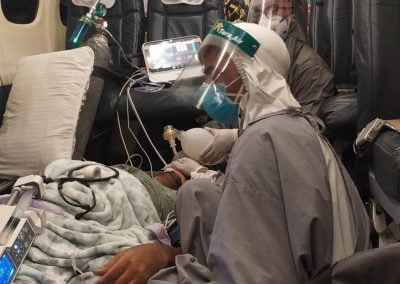
The mission was to bring a 47-year-old male patient from Biratnagar to the Hospital for Advanced Medicine and Surgery in Kathmandu, Nepal.
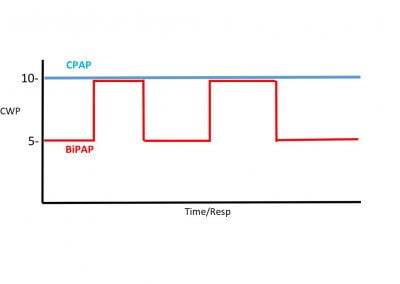
This article reviews the essentials of BiPAP, how it differs from CPAP, and summarizes potential advantages and disadvantages.

Patients suffering from infection with SARS-CoV-2 are particularly prone to the development of serious respiratory complications.

The authors comment on the prehospital airway debate at the 2020 NAEMSP Annual Meeting.
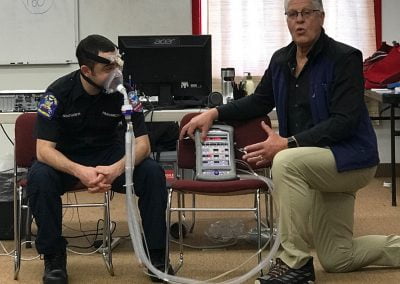
Many factors go into the equation for deciding between CPAP and BiPAP for a patient.

Measuring EtCO2 is the most accurate monitoring tool that paramedics can use in real time to assess the overall status of the patient in the field.
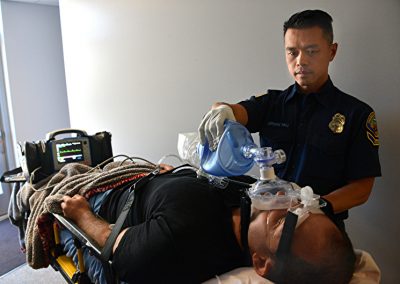
Lifesaving procedures like CPAP pose tremendous risk to patients if miscommunications occur during handoffs. The focus of this article is on reducing these errors.

Understanding the complicated disease of Cystic Fibrosis will help you provide better initial care and assessment.
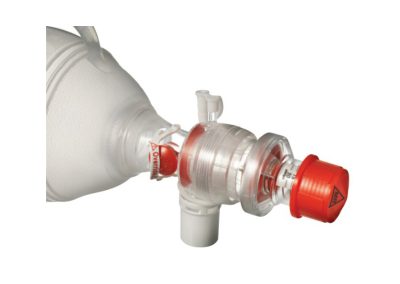
Use of Positive End Expiratory Pressure should be considered for any patient who requires mechanical ventilation, including those in cardiac arrest.
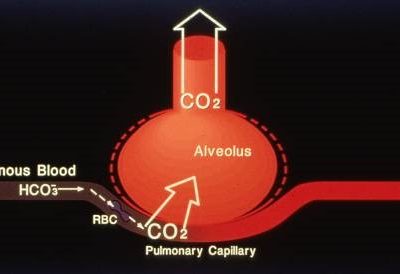
Dr. Marvin A. Wayne on why we do not use the measurement of end-tidal carbon dioxide to its full potential.
JEMS Now Newsletter
Subscribe to JEMS and get the latest insights and information about the world of Emergency Medical Services directly to your inbox including the latest news, features and educational content on prehospital airway management.
